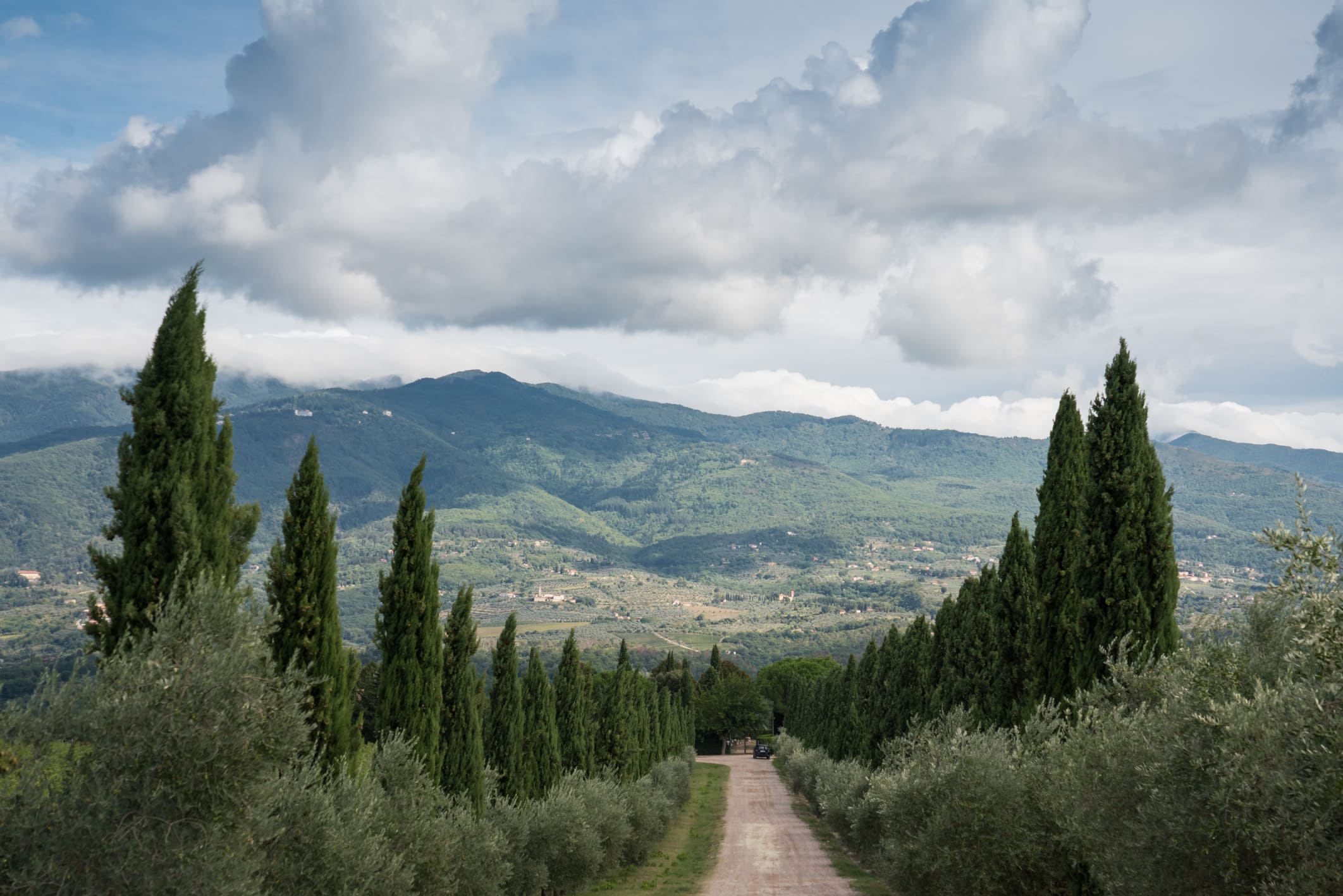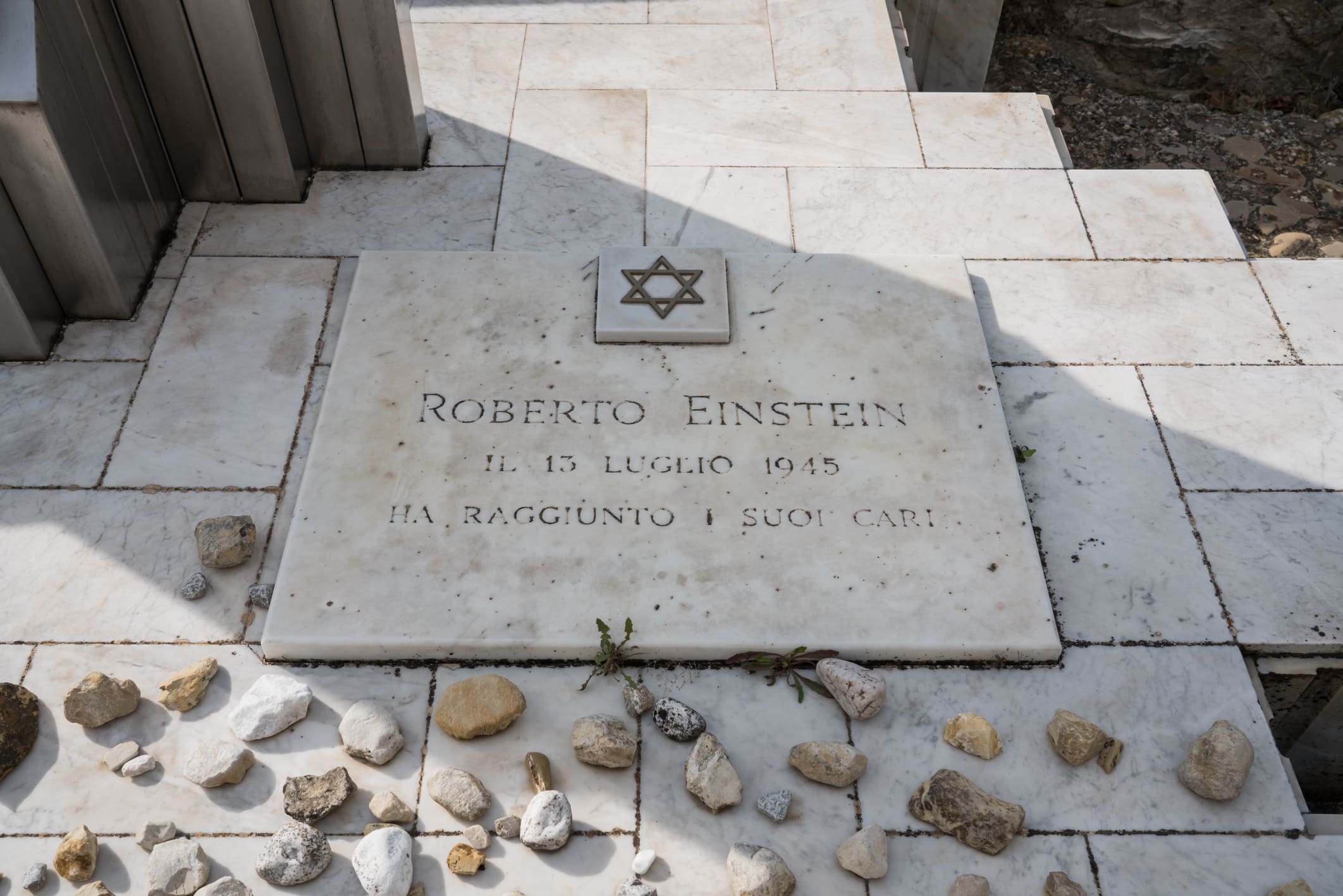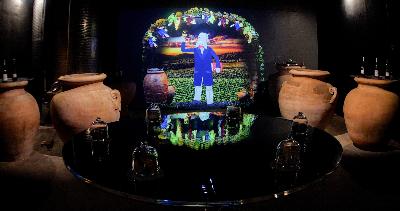
All around Florence: South of the Arno
3 towns along the Arno south of Florence: Bagno a Ripoli, Rignano sull'Arno and Figline e Incisa Valdarno.
All around Florence! This time, we’re heading off to discover new territories, following the banks of the Arno south of Florence. The Arno is one of the main Italian rivers and originates at 1,385 meters on Mount Falterona in the Tuscan-Romagnolo Apennines.
“And I: ‘Through midst of Tuscany there wanders
A streamlet that is born in Falterona,
And not a hundred miles of course suffice it"
(Dante Alighieri, Divine Comedy, Purgatory, Canto XIV)
The 241 kilometers of the Arno flow from one side of northern Tuscany to the other, passing through the centre of Florence and characterizing the villages that flourish on its banks. With this itinerary, you can follow its course south of the city and stop in three towns that take their name from our beloved river: Bagno a Ripoli, Rignano sull'Arno and Figline e Incisa Valdarno.

What to see in Bagno a Ripoli
Bagno a Ripoli, the gateway to Chianti, has for centuries been considered the garden of Florence. Its historic center is only 7 km from Florence and just 2 km from the left bank of the Arno, and it owes its name to the presence of an ancient Roman spa. In Bagno a Ripoli, there are numerous archaeological and artistic treasures, from excavations of Etruscan and Roman origin to Lombard castles such as the tower and olive tree of Quarate Castle and the 13th century Spedale del Bigallo, a shelter for the poor and pilgrims erected along one of the most important historic routes.
Among the many villas, Villa Il Riposo stands out. It’s enriched by a charming grotto called Fonte della Fata Morgana that was designed by Giambologna and is still the subject of legends today. Further historical gems include the parish churches of Villamagna, Antella and Ripoli, and other religious buildings where you can find frescoes and works by great masters of the past, including the Oratory of Santa Caterina (14th century) where a beautiful cycle of frescoes is preserved.

What to do in Bagno a Ripoli
What to see in Rignano sull'Arno
Rignano sull'Arno, as the name tells us, was formed around a river crossing whose first documentation dates back to the year 1000. To the north, the hills rise towards San Donato in Collina, one of the oldest itineraries connecting Florence and the Upper Valdarno, leading to it being called “Rignano Crocevia di Cammini” (Rignano, crossroads for walkers).
Some of the unmissable historical-artistic sites include the thousand-year-old Parish Church of San Leolino and the Einstein Monument, commemorating the massacre of the Einstein-Mazzetti family at the hands of German SS troops on August 3, 1944 in the Il Focardo Villa.
There are also numerous events to take note of, including the Goods Fair, which has taken place since 1835 on the Monday after the first Sunday of May, and the traditional Feast of Forgiveness together with the Palio of the Three Crowns. And as for the flavours, on the second Sunday of September, the delicious Rosano quince peach is omnipresent with its round shape, yellow-red skin and yellow-orange pulp, delivering a very sweet and hard consistency with an appealing scent.

What to see in Figline e Incisa Valdarno
And finally, Figline e Incisa Valdarno! Located in between Florence, Arezzo and Siena, it was formed from the merging of two municipalities that still maintain their uniqueness. It’s a noted area due to its position and meeting points, where it’s possible to visit the first House of Petrarch, the panoramic points of the Via del Castello di Incisa which inspired the great writer, and the main square of Figline named after Marsilio Ficino, the famous humanist born in Figline in 1433.

What to do in Figline e Incisa Valdarno
Set off on a beautiful e-bike ride in the Chianti Colli Fiorentini area, taking in vineyards, olive groves, centuries-old villages, ruins and a pecorino cheese tasting at a local farm.
Slow tourism with destination Bagno a Ripoli, Rignano and Figline e Incisa Valdarno
As we’ve discovered, these municipalities are a wonderful crossroads between many different paths: the Renaissance Ring, Francis’ Way, Dante’s Way, and the Fonte Santa Park in Bagno a Ripoli. Look at the map of all the paths in the Florentine area.
How to reach Bagno a Ripoli, Rignano sull'Arno and Figline e Incisa Valdarno
Bagno a Ripoli can only be reached by bus from the centre of Florence, while both Rignano sull’Arno, and Figline e Incisa are connected by train.
Download the All Around Florence Brochure
To find out more about the history of all the Florentine surroundings, download the Feel Florence brochure, the official tourism information site of the Municipality of Florence and the Metropolitan City. Click here to download the brochure.









 All the services are provided by local merchants
All the services are provided by local merchants By using this site you support Florence
By using this site you support Florence We offer products with high-quality standards
We offer products with high-quality standards You stay sustainable
You stay sustainable It's a 100% trustworthy website
It's a 100% trustworthy website